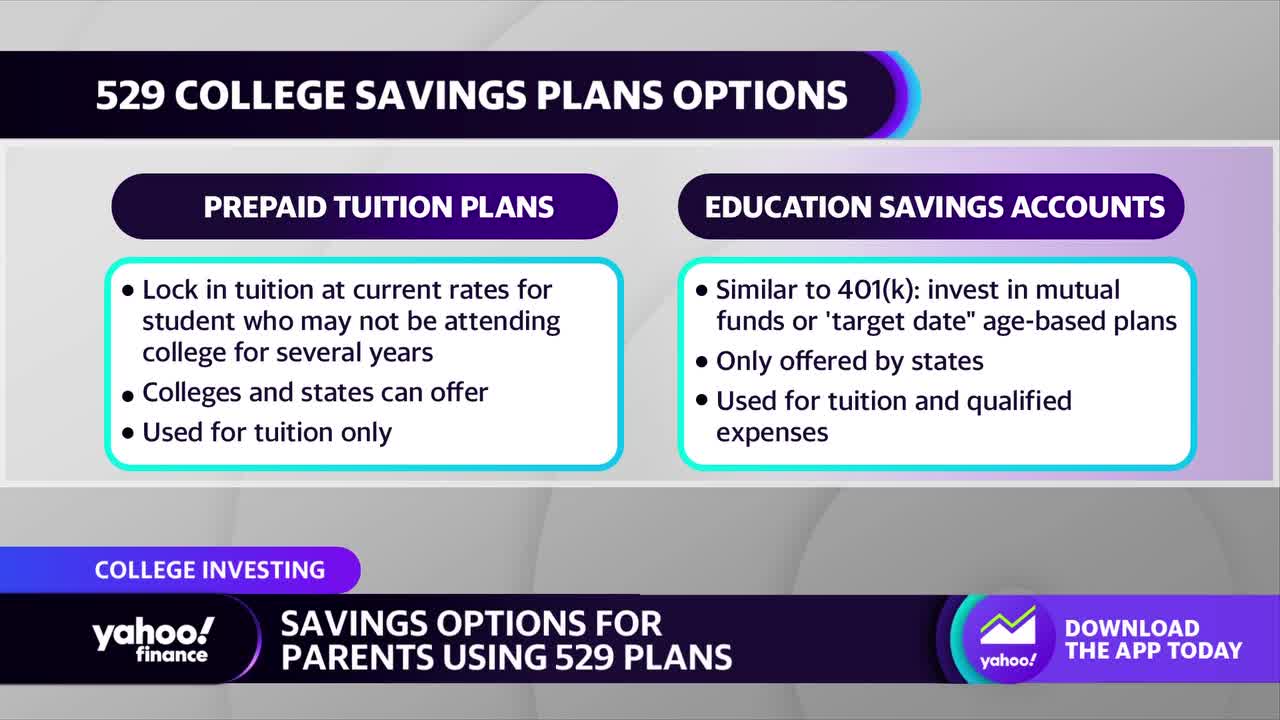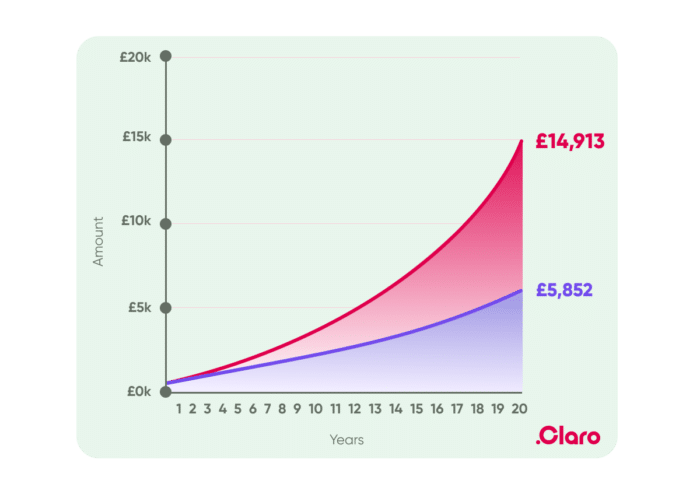
Online payment is possible if you have an Wells Fargo Credit Card. Contact customer service to obtain an enrollment form. This process can take up to 30-60 days. Once you get notification that your account has been charged, you will need continue to make minimum payments until the notification is sent. Contact customer support if you have questions. Follow these steps to set automatic payments for Wells Fargo credit cards.
Requirements
An automatic payment service can be a great way to keep a solid payment history. This is an important component of your credit score. To set up automatic payments you will need sufficient funds in your bank account for the amount of the monthly payment. Insufficient funds can result in your payment being returned. This could lead to a $37 fee and late payment charges.
You must be a Wells Fargo client to set up automatic monthly payments. While they can offer auto loans directly to consumers in certain cases, they only work with dealers and don't offer financing for private-sellers or lease buyouts. If you have a partner dealership with Wells Fargo, you can request a lower rate from Wells Fargo. You must be a co-applicant once you have applied for an auto loan through Wells Fargo. This is necessary to ensure that you meet all requirements to be eligible for a loan.

Benefits
One of the many advantages of automatic payments with Wells Fargo, is the ability to monitor and control your spending. This service provides multiple layers of protection including overdraft protection. It also has no grace period. Each time a payment has to be rejected, you'll be charged a fee. You can cancel recurring payments by contacting Wells Fargo customer service. It takes approximately 30 business days to process your enrollment form. You will need to continue making minimum payments up until Wells Fargo sends you notification.
If you wish to set up automatic payments, you will need your bank account information. This includes your bank account number, routing number, and payment amount. The amount can be chosen based on the current balance, minimum payment, or custom. You should check your account before making the payment to confirm that there is enough money. You should also review recent transactions to ensure you've received the funds in time for the payment.
Cancellation
If you want to cancel the automatic payments that your bank has made, you should contact the merchant first. This can be done in person, by phone, or in writing. The letter must be sent within three working day. In addition, you must have the contact information of your Wells Fargo bank's billing department. If you have already spoken to your billing agent you can just write the information. Make sure to keep a copy for yourself.
Contact the customer service department to cancel your automatic payments. If the transaction is not right, the company will reverse the transaction. It might also charge for mobile or online banking corrections. It's better than having no payment. Wells Fargo is not known for its ability to cancel automatic payments. But the company continues to refuse to answer questions about the asset caps.

Letter to billing department
To stop automatic payments to your Wells Fargo bank account, write to the merchant billing department. While it may be tempting to tell your Wells Fargo agent to stop the payments, you can send a letter instead. You will get a response. It will also help you keep track of the transaction. You should continue to monitor your account after you have sent the letters. This will ensure that the automatic payments are being made.
You can cancel the payment by writing to Wells Fargo. You can contact the billing department either in person or via phone. You can also reach out to the branch manager and customer support center. It is important that you send a letter asking for the cancellation of the payment. This will ensure that it does not appear on credit reports. The bank must receive notice of your cancellation within 3 business days.
FAQ
Should I diversify the portfolio?
Many people believe diversification can be the key to investing success.
Financial advisors often advise that you spread your risk over different asset types so that no one type of security is too vulnerable.
However, this approach doesn't always work. In fact, it's quite possible to lose more money by spreading your bets around.
As an example, let's say you have $10,000 invested across three asset classes: stocks, commodities and bonds.
Suppose that the market falls sharply and the value of each asset drops by 50%.
You have $3,500 total remaining. You would have $1750 if everything were in one place.
So, in reality, you could lose twice as much money as if you had just put all your eggs into one basket!
It is crucial to keep things simple. Do not take on more risk than you are capable of handling.
Which type of investment vehicle should you use?
You have two main options when it comes investing: stocks or bonds.
Stocks are ownership rights in companies. Stocks are more profitable than bonds because they pay interest monthly, rather than annually.
Stocks are the best way to quickly create wealth.
Bonds, meanwhile, tend to provide lower yields but are safer investments.
Remember that there are many other types of investment.
They include real estate, precious metals, art, collectibles, and private businesses.
How do I know if I'm ready to retire?
You should first consider your retirement age.
Is there a particular age you'd like?
Or would it be better to enjoy your life until it ends?
Once you've decided on a target date, you must figure out how much money you need to live comfortably.
The next step is to figure out how much income your retirement will require.
You must also calculate how much money you have left before running out.
What if I lose my investment?
Yes, you can lose all. There is no 100% guarantee of success. There are however ways to minimize the chance of losing.
Diversifying your portfolio is a way to reduce risk. Diversification allows you to spread the risk across different assets.
You could also use stop-loss. Stop Losses allow shares to be sold before they drop. This decreases your market exposure.
Finally, you can use margin trading. Margin Trading allows to borrow funds from a bank or broker in order to purchase more stock that you actually own. This increases your chance of making profits.
What are the best investments to help my money grow?
It's important to know exactly what you intend to do. You can't expect to make money if you don’t know what you want.
You also need to focus on generating income from multiple sources. So if one source fails you can easily find another.
Money does not just appear by chance. It takes hard work and planning. It takes planning and hard work to reap the rewards.
At what age should you start investing?
On average, a person will save $2,000 per annum for retirement. Start saving now to ensure a comfortable retirement. Start saving early to ensure you have enough cash when you retire.
It is important to save as much money as you can while you are working, and to continue saving even after you retire.
The earlier you begin, the sooner your goals will be achieved.
Start saving by putting aside 10% of your every paycheck. You might also consider investing in employer-based plans, such as 401 (k)s.
Contribute enough to cover your monthly expenses. After that you can increase the amount of your contribution.
Statistics
- They charge a small fee for portfolio management, generally around 0.25% of your account balance. (nerdwallet.com)
- According to the Federal Reserve of St. Louis, only about half of millennials (those born from 1981-1996) are invested in the stock market. (schwab.com)
- 0.25% management fee $0 $500 Free career counseling plus loan discounts with a qualifying deposit Up to 1 year of free management with a qualifying deposit Get a $50 customer bonus when you fund your first taxable Investment Account (nerdwallet.com)
- Most banks offer CDs at a return of less than 2% per year, which is not even enough to keep up with inflation. (ruleoneinvesting.com)
External Links
How To
How to start investing
Investing involves putting money in something that you believe will grow. It's about confidence in yourself and your abilities.
There are many ways you can invest in your career or business. But you need to decide how risky you are willing to take. Some people prefer to invest all of their resources in one venture, while others prefer to spread their investments over several smaller ones.
If you don't know where to start, here are some tips to get you started:
-
Do your research. Do your research.
-
Make sure you understand your product/service. You should know exactly what your product/service does, how it is used, and why. Be familiar with the competition, especially if you're trying to find a niche.
-
Be realistic. Consider your finances before you make major financial decisions. You'll never regret taking action if you can afford to fail. But remember, you should only invest when you feel comfortable with the outcome.
-
Do not think only about the future. Look at your past successes and failures. Ask yourself whether you learned anything from them and if there was anything you could do differently next time.
-
Have fun! Investing shouldn’t cause stress. Start slowly and build up gradually. Keep track of your earnings and losses so you can learn from your mistakes. Recall that persistence and hard work are the keys to success.